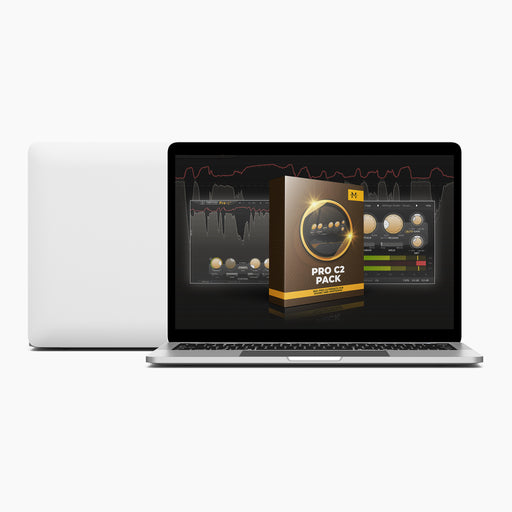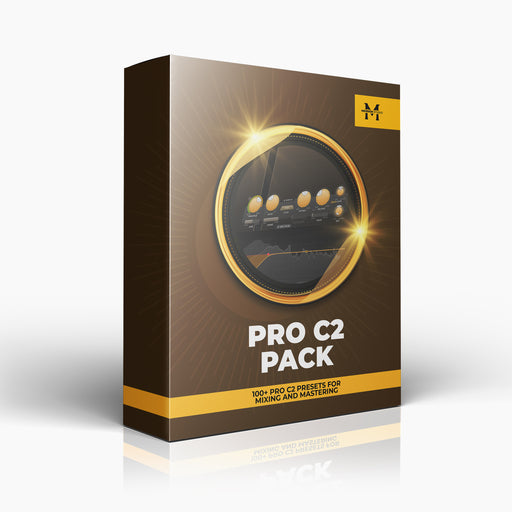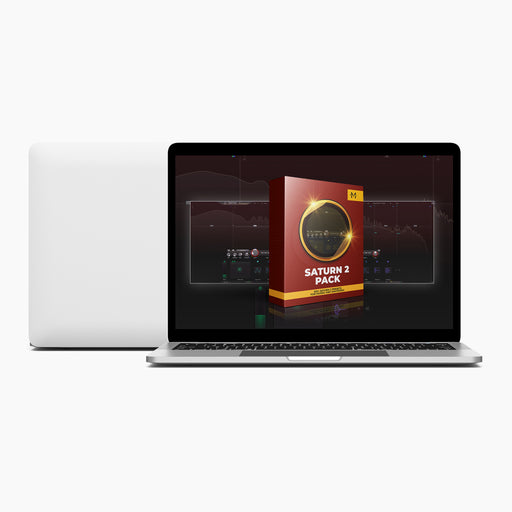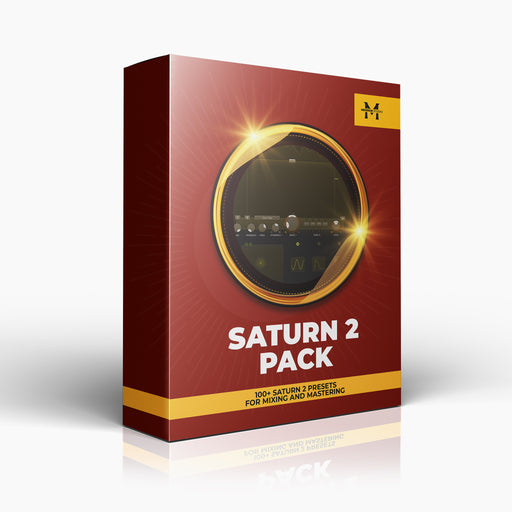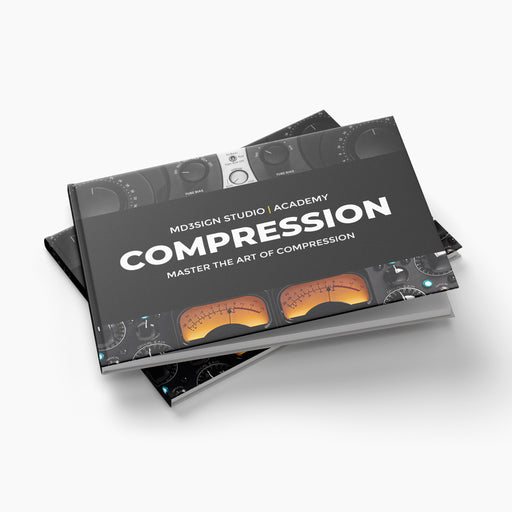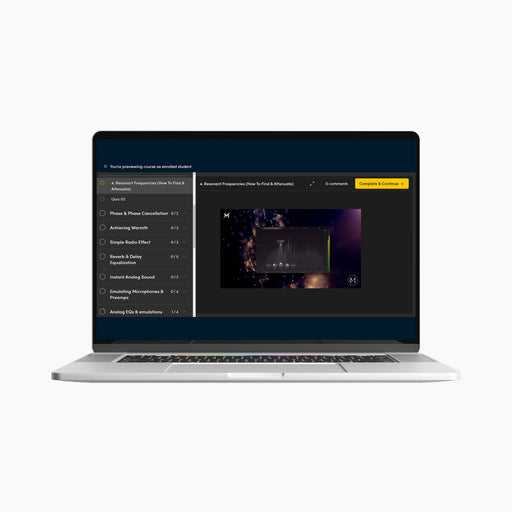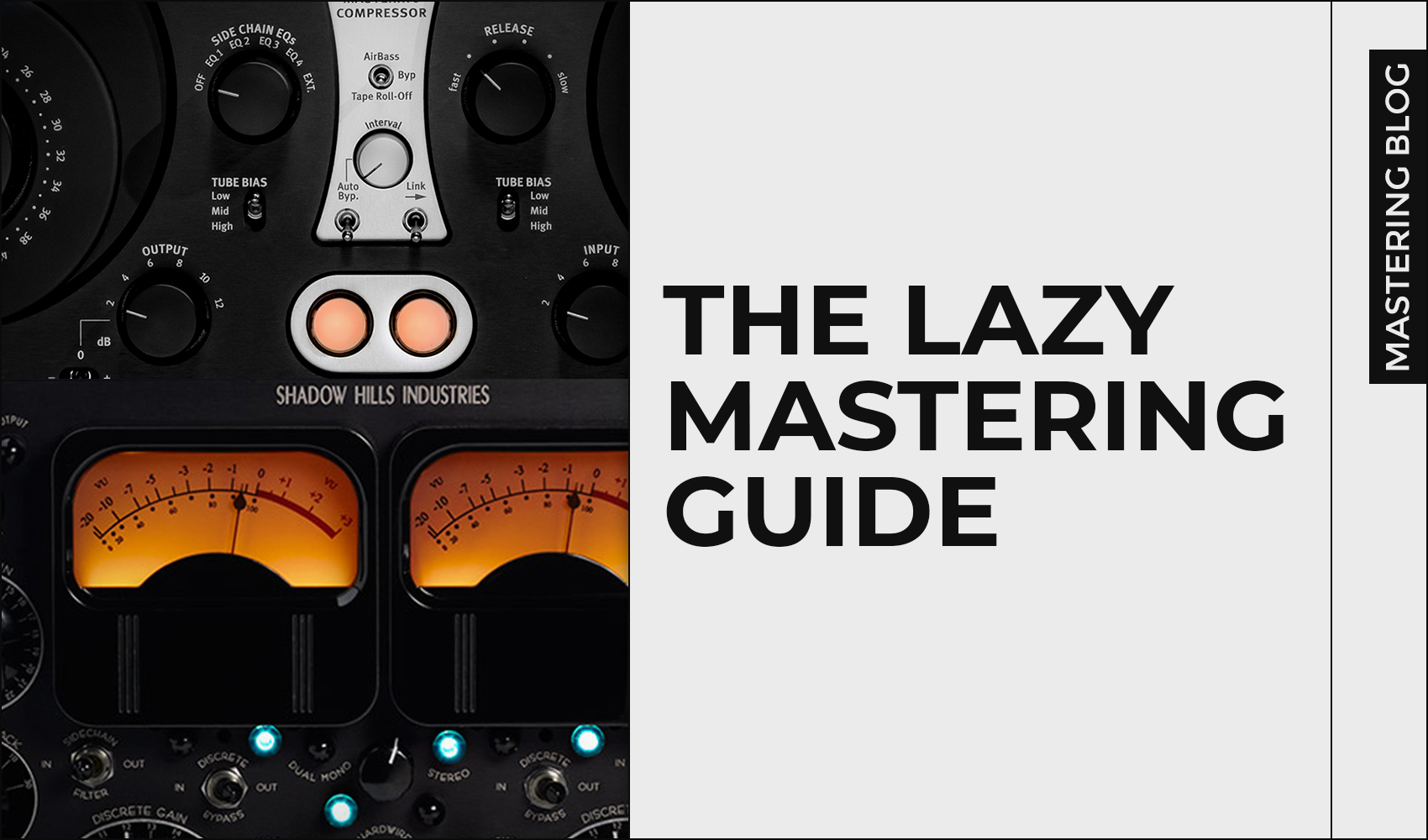
The Lazy Mastering Guide
If you consider mixing as an art, then you should consider mastering as magic since it's really a very special & magical process of adding that final polish to your final mix.
In this blog, we're going to avoid long explanations & details. Instead, we're going for one lazy & short guide about what's mastering & important steps you need to watch out for.

What is Audio Mastering?
In short terms, audio mastering is the process of giving final & finishing touches on a track by enhancing the overall sound and preparing it for distribution across all the streaming platforms.
Basically, it's the process of transforming your final mix into brigher, louder, clearer, cleaner & better overall final master using different audio processors & techniques performed by the mastering engineer.
The Mastering Room
It's very common for people to do mastering in the same room as they did mixing, and there's nothing wrong with that. You already learned that room and how it corresponds to the sound, but it's a very good idea to have a separate room for mastering if that's possible for you. But why?
Because that different room will give you a different perspective on your mix. That's the same as listening to your mixes on different consumer devices. You're gaining more flexibility & space for adaptations.
Preparations
Professional mastering engineers usually work with templates. No, not the whole mastering chains. They work by having a project template ready where they have all the necessary metering processors already applied and ready for the next track, so they don't spend time over and over again on inserting them in.
Also, they make sure to rest their ears before they master. Not only that, but they also make sure there's no noise around them, no one is disturbing them etc. Mastering is a very "touchy" process where every single noise matters, so that's why their rooms are often treated very, very well.
Equalization
Mastering engineers work with a couple of EQ types. So, they usually first work with an subtractive EQ where they aim to treat frequencies (a.k.a. shape them to their taste). Later on, after a few processors, they can also work with an additive EQ which they use to amplify certain frequency ranges in order to enhance the track's performance. Those EQs are mainly analog ones or analog emulated ones.Compression
It's very easy to overcompress a master if you use a compressor without a purpose and without a certain level of knowledge. Its usage is not the same as in mixing where you can compress a lot. The key here is to again be very subtle and to carefully pick the type of compressor you're going to use, because it'll affect the whole track, not only one instrument.Clipping & Limiting
These two processes are usually those final processes when it comes to finishing a mastering chain. With clipping, the goal is usually to gently clip (shape) the peaks so you can use your limiter to push the track louder than it would allow you without a clipper on.
The main problem here is distortion, and that's why mastering engineers spend a lot of time into listening, bypassing and doing various things to make sure the master is loud, clear but not distorted.
The goal here is to also reach a certain RMS level (around 4-5 RMS is a good value for a loud track) while keeping the PEAK level the same. It's a challenging process, and you really need to know what you're doing.
Exporting
Once mastering engineers are done with the mastering chain, they're proceeding to exporting that master. Depending on the case, they can go with only one version, or with many different versions which depends on which platforms the artist wants to put the song on. For example, a very common case is to export a final master at 24bit 44.1kHz (or 48kHz) for streaming platforms purposes, and in 16bit 44.1kHz for CD purposes. Techniques such as "dithering" are also used here.
Master The Art Of EQUALIZATION with Md3sign Studio:
With EQ MASTERCLASS you will:
- Learn all the necessary fundamentals of music equalization
- Understand why is equalization important
- Learn how to use equalization as your biggest weapon for powerful mixes
- Attend Beginner to Pro lessons (5+ hours of video content)
- Test your knowledge after each lesson through quizzes
- Learn advanced EQ tricks used by pros
- Receive unique EQ presets made during the classes
- Receive 160+ pages EQ Book
Learn more from our best-sellers!
-
Pro C2 Presets Pack
Original price $34.99Original price $34.99 - Original price $34.99Original price $34.99Current price $17.50$17.50 - $17.50Current price $17.50Presenting long-awaited "Pro C2 Presets Pack" - The Exceptional FabFilter Pro C2 presets to completely change the way you approach dynamics treatme...
View full detailsOriginal price $34.99Original price $34.99 - Original price $34.99Original price $34.99Current price $17.50$17.50 - $17.50Current price $17.50Save 50% -
Saturn 2 Presets Pack
Original price $34.99Original price $34.99 - Original price $34.99Original price $34.99Current price $17.50$17.50 - $17.50Current price $17.50Presenting "Saturn 2 Presets Pack" - The Mind-Blowing FabFilter Saturn 2 presets to completely change the way you approach saturation on your mixes...
View full detailsOriginal price $34.99Original price $34.99 - Original price $34.99Original price $34.99Current price $17.50$17.50 - $17.50Current price $17.50Save 50% -
Presets Bundle
Original price $140.00Original price $140.00 - Original price $140.00Original price $140.00Current price $64.99$64.99 - $64.99Current price $64.99This Bundle Deal includes: Pro C2 Preset PackSaturn 2 Preset PackPro MB Preset PackEQ Preset Pack
Original price $140.00Original price $140.00 - Original price $140.00Original price $140.00Current price $64.99$64.99 - $64.99Current price $64.99Save 54% -
EQ + Compression Bundle
Original price $199.99Original price $199.99 - Original price $199.99Original price $199.99Current price $125.00$125.00 - $125.00Current price $125.00This Bundle Deal includes: The Art Of Compression:260+ pages of detailed explanationsBeginner to ProGraphic illustrationsSecret techniques used by ...
View full detailsOriginal price $199.99Original price $199.99 - Original price $199.99Original price $199.99Current price $125.00$125.00 - $125.00Current price $125.00Save 37% -
EQ Masterclass
Original price $100.00 - Original price $100.00Original price$100.00$100.00 - $100.00Current price $100.00Beginner to Pro lessons Everything you don't understand about Equalization is explained through 5h+ long Masterclass split in 28 well edited video...
View full detailsOriginal price $100.00 - Original price $100.00Original price$100.00$100.00 - $100.00Current price $100.00


